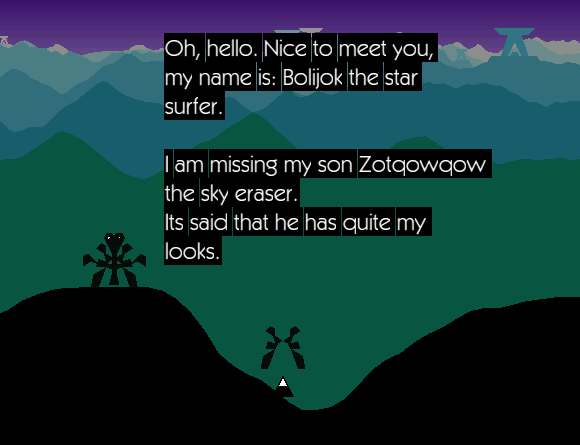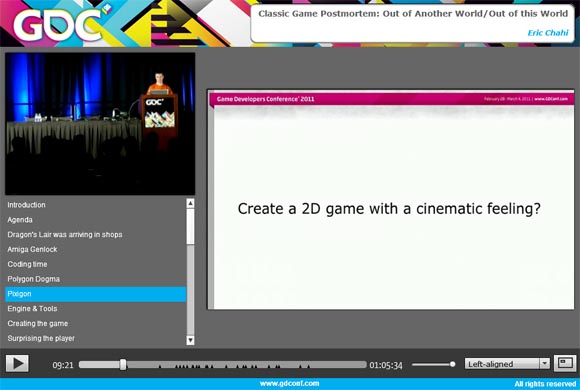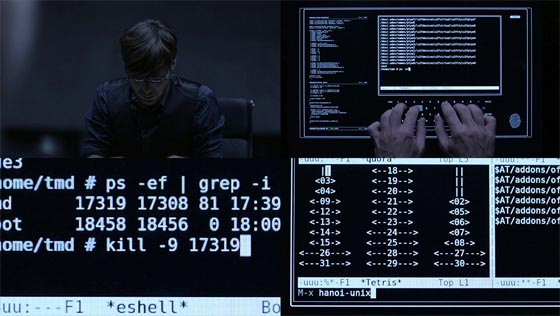Because of this podcast thing I have been doing I was pretty much forced to make an exception to my backlog embargo and get a new game. It’s Metal Gear Solid: Peace Walker. As expected, I got immediately hooked. It’s the Metal Gear game I have been waiting for. And I can tell exactly why.
From the Metal Gear series, I played Twin Snakes (Remake of MGS), MGS2 and MGS3. I was trying hard to understand why the game was so appealing to so many. The closest I got was in MGS2. I really enjoyed the post-modernistic bits of the story in there. But gameplay-wise, I always felt disappointed. It’s not that I didn’t like it. It’s just that it seemed to me like I wasn’t playing it right. Like I was cheating myself through the entire game by systematically exploiting AI glitches rather than really sneaking.
More specifically, I didn’t like how the game went down the drain once I made just a tiny mistake. Enemies would immediately swarm me. I would either die and had to re-do longer portions. Or I would maw them down and hope that I would eventually get to a spot where the AI can’t find me. I screwed up either way but the game never gave me the satisfaction of quick restart. In both cases, the time required to get back into “sneaking mode” was painfully long. The guards often died in the firefights whenever I screwed up and I would get trough many challenges this way. It felt like I was brute-forcing the game. To add insult to injury, the overhead camera and the weird, unintuitive short-sightedness enemies would ensure I would screw up often. Finally, I would also always end up with this huge inventory of different gizmos, gadgets and weapons I would never use anyway. And so I would feel even worse that I wasn’t using them. I was always worrying that maybe this is the reason why I was having such a hard time.
I saw my friend Yu-Chung play MGS3 once. It pretty much confirmed my suspicion. Somehow he always managed to get out the right tool for every situation to get past every guard unnoticed. Also, he looked cool in the process. I never looked cool in that game.
But now Peace Walker came in and in a world dominated by Monster Hunter it brought one thing: mission-based gameplay. This changed everything.
So for example, I still have tons of items and gizmos. But now I only bring a few on every mission. So I always need to devise a strategy in advance. The game acknowledges that I will be only using a sub-set of my equipment at any given time.
Accordingly, the mission-bases structure segments the entire game into tasty, short chunks. So I will be sneaking through a jungle in one mission to encounter a boss at the end. The next mission just that boss fight where I may need to focus on firepower rather than low profile. I can chose different equipment for each mission.
More importantly, splitting the game into missions makes failure much more manageable. Sure, the game still goes downhill when I screw up. But if I’m not satisfied with the way I solved a mission I can easily repeat it – even after I brute-forced it once. This may be one of the biggest strengths of a mission-based structure. It is much more conducive for repetition, practice and exploration.
And finally having a mission-based structure also allows adding some interesting meta-elements in-between. Peace Walker was basically turned into the X-Com of the Metal Gear series. In-between missions there is some very cool base management. There is staff to assign to different jobs and new equipment to research. The outcome of the individual missions ties into the base management. I can recruit new members for my team or capture vehicles during the mission. The base management creates this addictive cycle of low-hanging fruit Daniel Cook talked about in his Advance Wars DS analysis. There is always something awesome you just need to take care of in Peace Walker.
Unrelated to all this, I still enjoy the story a lot. I really got into the audio logs. There are HOURS of completely optional, recoded conversations between Snake and the other characters. They talk about so many interesting topics. I’m feeling like I’m learning a lot about middle America. It’s almost like a podcast, but every now and then you can stop and actually interact with the word they are describing. Sure, a lot of the game is mostly fiction. But many things they talk about are grounded in reality. I would almost call it a serous game. But I think it’s even more powerful because it’s not explicitly made for education. Certainly a great way of designing games I’m eager to explore myself.
Have you played Peace Walker? If so, what did you think?










